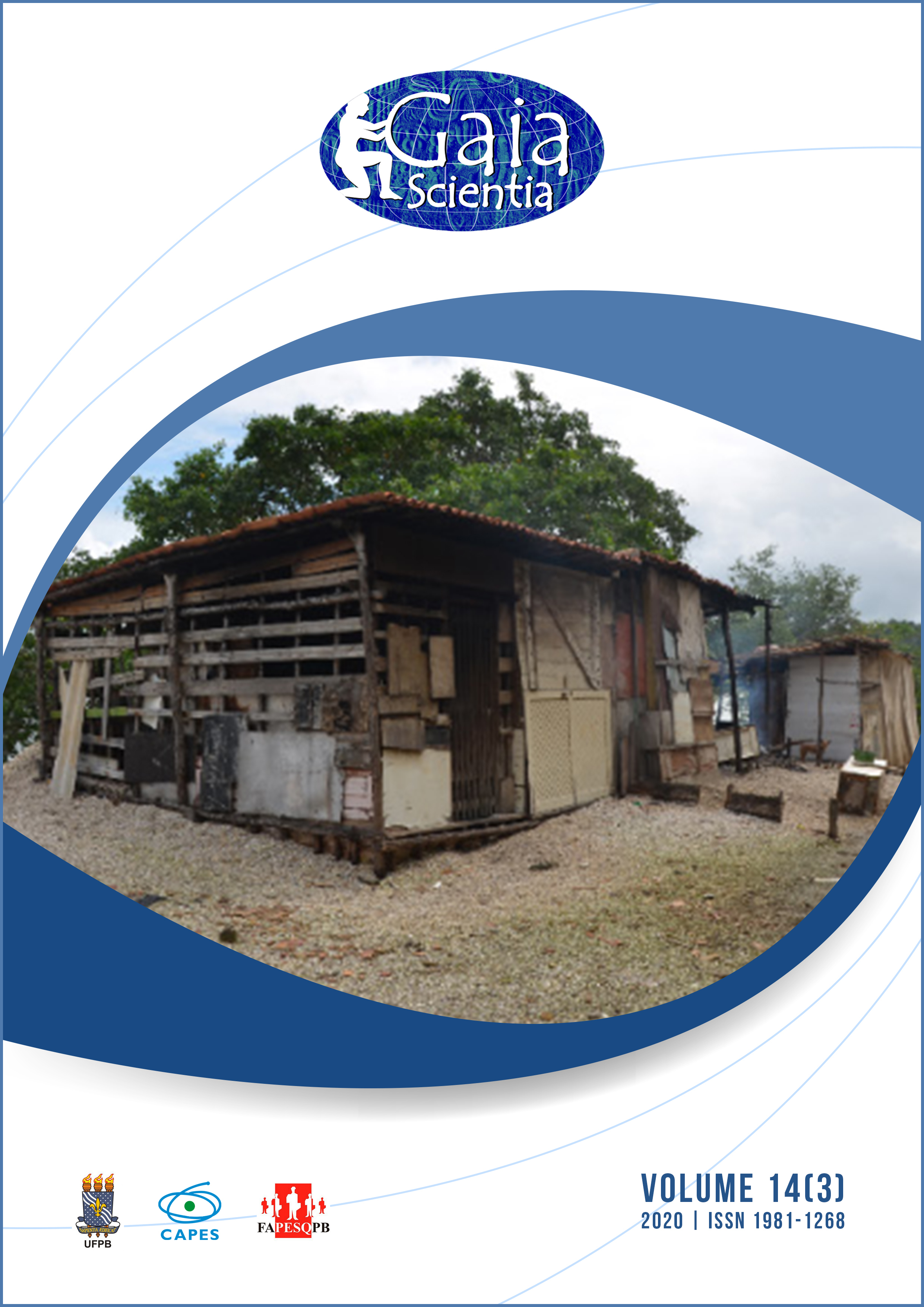Satisfaction index of the urban cleaning system in the urban area of Pau dos Ferros / RN
DOI:
https://doi.org/10.22478/ufpb.1981-1268.2020v14n3.52723Abstract
The process of urbanization has increased due to the economic and social evolutionary process that provided uncontrolled and unplanned occupation of lands. With the increase in consumption and generation of solid waste, it established a worrying scenario regarding its destination and disposal. Facing this context, the present work proposes the analysis of the Urban Cleaning Satisfaction Index as a guiding tool for managing waste disposal services in the city of Pau dos Ferros-RN. Thus, 398 questionnaires were applied in 17 different neighborhoods. Regarding the analysis of the frequency of collection and urban cleaning, to each alternative it was stipulated a weight according to its relevance and through the weighted average of the answers the general index and the index by neighborhood was determined. The results show that 70.6% of the neighborhoods had a “low level” of satisfaction and 29.4% classified it as “average” satisfaction. The neighborhoods that stood out with the highest and lowest index were, respectively, João Catingueira and São Geraldo. Therefore, in the light of the population’s satisfaction, it can be seen that the urban cleaning system is presented predominantly with indicators that vary between medium and low performance, showing a spatialization that differs from the main Brazilian urban areas, in which the most central areas end up being more assisted by public authorities, which was not verified in the municipality to which this study refers.










